Classroom Management Tips Part 1Kids running around the classroom, a messy coat room, desks crammed with papers and groaning when they can't find their things and it's time to get to work. Sound familiar? Teaching children is exhausting and challenging when constantly redirecting those who misbehave or distract others. It's important to have a solid classroom management plan and build an environment of respect and cooperation if you want this to change. Even when kids drive you nuts with their wiggling, whining and crazy antics, you need to remember parents have entrusted you to teach them. You would want the same for your own children. Have A Solid Classroom Management PlanClassroom management is only effective if kids buy into it and follow the rules and routines that are established. Kids are creatures of habit and routine even though they may not realize it. When guidelines are unclear and every day is a mix of activities with no defined order, you can expect behavior confusion to rule the day. Imagine showing up at work and just winging it because you don't have a routine or schedule to follow. Once in a while no plan might be a pleasant break, but on a daily basis it can cause chaos and extra stress. Clear guidelines let kids know what they can and cannot do. These need to be consistent, none of this “okay one day, and unacceptable the next” stuff. This goes for actions, classroom organization, and the way people talk to each other. It's all part of developing a caring, respectful class community. If you show kids respect and teach them the rules and expectations, kids will want to behave respectfully. Bottom line: Respect is key for a caring classroom environment. Share Stories and Anecdotes With Your StudentsKids want to feel that their teachers care about them. Doing things together and sharing part of your life outside of school helps them feel connected. My students loved to hear about my family, pets, and childhood adventures. Every year I would introduce my family to the kids and their parents in my first newsletter. This helped them to see that I had a life outside the classroom and that I wanted them to be included in a part of it. My son said it well in his speech at my retirement: “I think family plays into her everyday work life. My mom is firm, yet fair, and she cares so much about the success and well being of her students, they become like extended family members…who else can say that they get an annual birthday serenade from a class of elementary students, who’ve been well briefed on your life…” Remember To Have FunIt's important to laugh with your students and share funny moments with them. Laughter is a great connector. As a beginning teacher, I remember being told that you shouldn’t smile for the first few weeks. I feel that is bad advice. Kids need to see that you can be fun to be around and you enjoy having them in your class. Think about how it makes you feel if you are around people who never smile or include you in their happy moments. Of course, being a buddy instead of a teacher is not what I am suggesting. You're the teacher and you need to set the boundaries, Just remember to include some happiness during your day. This will do wonders for you as well as your students. If kids feel they're part of your life, they will start to trust and believe what you have to say. They will be more willing to share part of their lives with you too. Focus On What Is Going RightIf you focus on the things that are going right and actively acknowledge and praise those actions, you're more likely to see others buy in and do similar actions. Encouragement and praise go a long way if they are honest and not empty words. Another part of this strategy is removing the audience for the negative. If kids constantly tell on others for breaking rules or give attention to negative behaviors, it gives the one misbehaving attention, even if it's negative attention. People are emotional beings and they need to know you care about them and value them. Nobody want to be "bad", but some are so hungry for attention, they will behave in negative ways to be noticed or in some cases to distract from their insecurity or inability to do something as well as others. Redirecting your approach to focusing and acknowledging positive behaviors gives them attention in a positive way and helps to decrease the negative behaviors. This is just a small part of getting your year started off with strong classroom management and positive self esteem. Next time I will share Part 2 which focuses on building positive esteem. If you would like some more detailed information about developing your classroom management plan, check out this post I wrote last summer. Some Classroom Management Resources To Get Started Out RightRoutines and Schedules Task Cards Classroom Manners Dos and Don’ts (3 versions) Lining Up Tips Classroom Routines Back To School Start Up Forms Calming Strategies WBT Rules Posters I truly believe that effective classroom management and a focus on positive self esteem will make the difference in your classroom and that it will lead to a successful year. Have a great year! Related Posts
0 Comments
Leave a Reply. |
About Me Charlene Sequeira
I am a wife, mother of 4, grandmother of 9, and a retired primary and music teacher. I love working with kids and continue to volunteer at school and teach ukulele. Categories
All
|
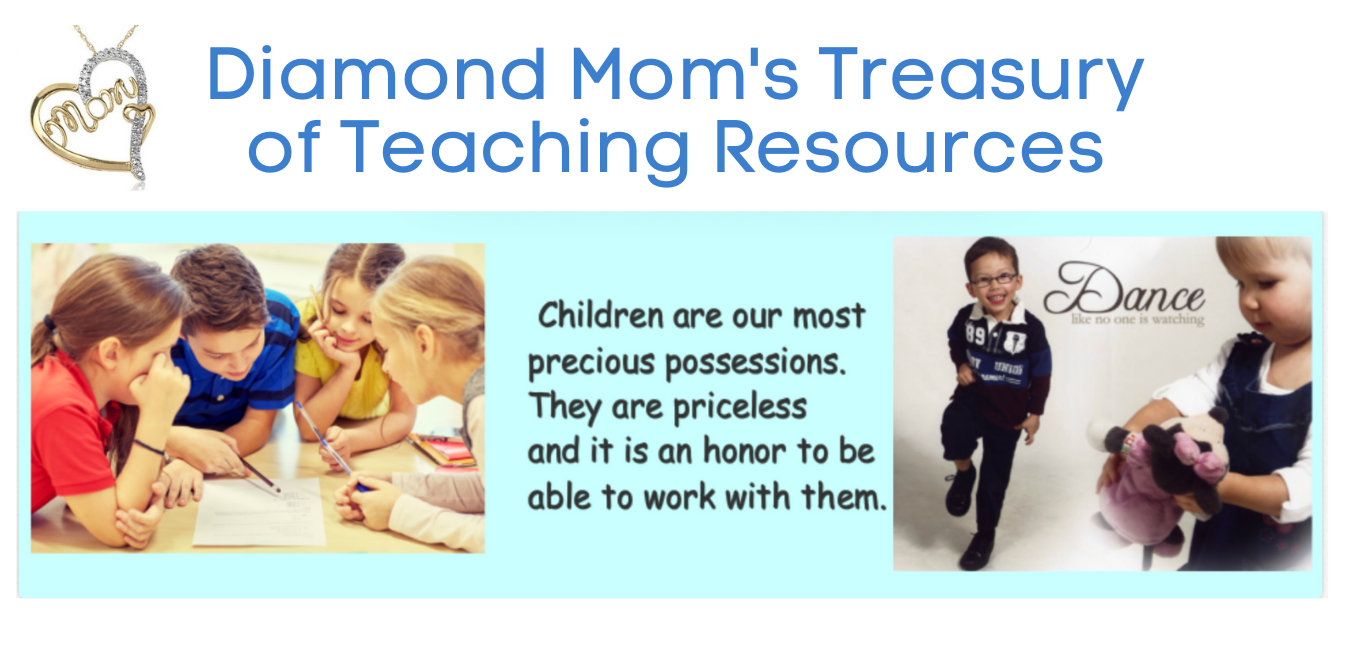
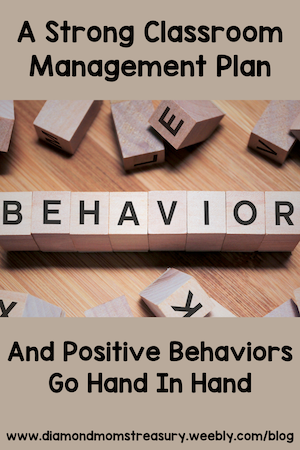


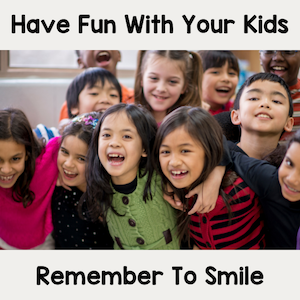
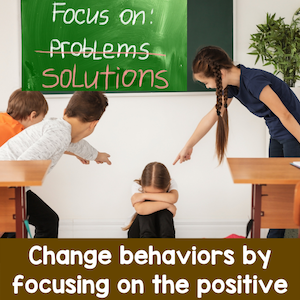
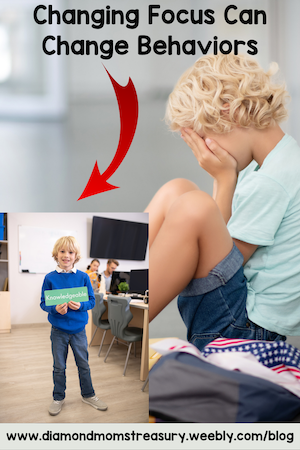


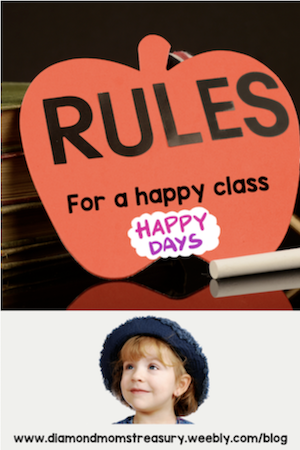
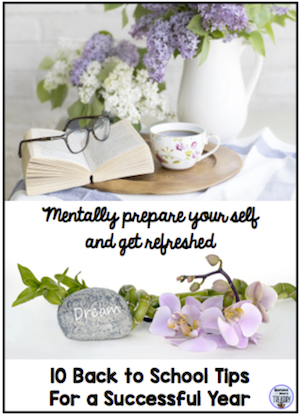



 RSS Feed
RSS Feed